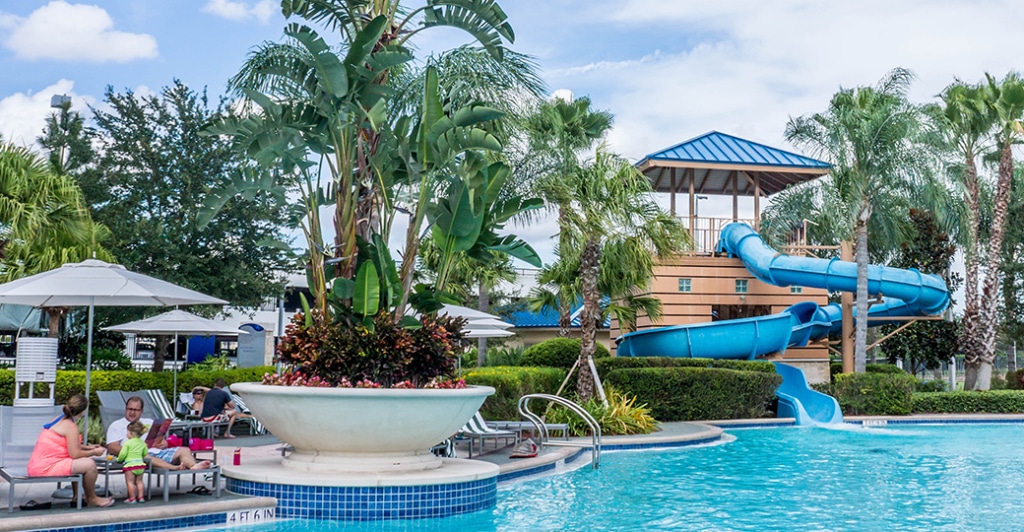
There are over 400 amusement parks in the United States alone, each one bidding for the same audience. It’s no secret that theme park guest experience is a dominating factor for which parks will succeed.
People counting sensors are a behind-the-scenes tactic to facilitate positive guest experience. By installing sensors throughout a park, you can quantify and analyze how guests navigate to identify areas of improvement.
SenSource’s outdoor people counters boast the same power and accuracy as their indoor-rated counterparts. Cased inside a weather-resistant outdoor enclosure, these sensors are ideal for tracking visitation patterns throughout an amusement park as well as park occupancy.
Our sensors gather incoming and outgoing traffic data at 97% or greater accuracy using 3D advanced stereo vision tracking technology. Using PoE, a single cable provides power and network connectivity, sending data to SenSource’s Vea Analytics Platform for reporting and analysis. Fully customizable dashboards offer only the information that is pertinent to you and your team at any given time.
The sensor is resistant to all kinds of external influences, such as shadows, light changes and heat emission and includes an outdoor-rated, pre-mounted casing and cabling in compliance with IP 65. The outdoor people counter operates in temperatures within -13 to 104 degrees F with air humidity up to 80%.
Traffic Patterns for Efficient Operations
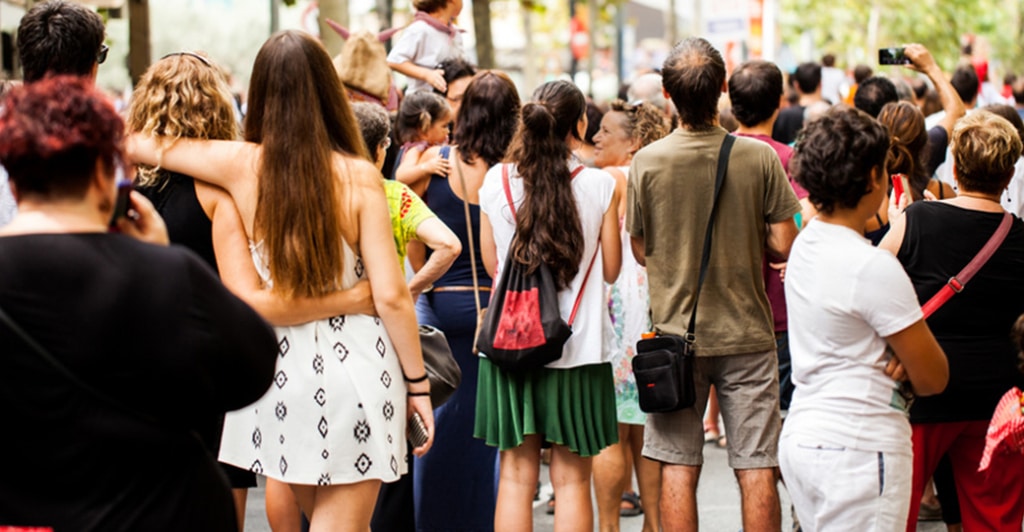
A ticketing system will report how many people entered the park and at what time, but when paired with a people counting sensor, exit traffic is added to the dataset. Armed with entrance and exit traffic data, you can determine park fullness at a given time and the fluctuation and patterns throughout the day. This accounts for guests who leave the park and return; data a ticketing system alone cannot account for.
In addition to entrance traffic, sensors can be installed throughout the park to quantify usage of areas within your park such as swimming pools, amphitheaters, attractions, cafes and restrooms. Armed with accurate usage data, you can better serve your guests by dispatching cleaning crews to most frequented areas and performing maintenance during predicted down-times. Knowing traffic patterns also makes for more efficient scheduling and placement of staff, character appearances, pop-up events and marketing materials.
When management has a clear picture of the daily operations of their facility, they are able to be proactive and create an unforgettable experience at the park based on customer behaviors.
Crowd-Control
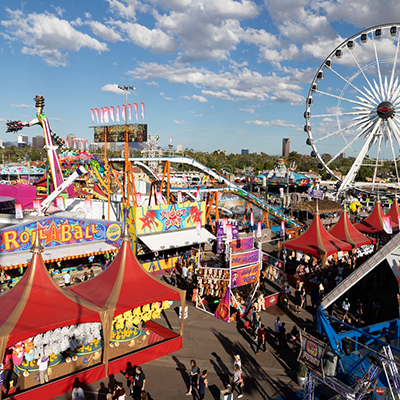
As we emerge from the pandemic, many guests will continue to avoid crowds and their overall experience will be negatively affected if the park is viewed as over-crowded.
People counters are used at each entry point of your park to count guests entering and exiting to calculate real-time occupancy. While ticketing will tell you how many people entered the park and when, it lacks the important component of detailing when people leave and even re-enter.
Knowing this status will reassure guests that you’re concerned with avoiding over-crowding. The capacity status can even be displayed on your website or mobile app, letting guests make an informed decision of when to visit.
In addition to full-park occupancy, it’s also useful to monitor specific areas within your park, such as cafes and theaters. Rather than assigning staff to count and police guests, you can automate the process and use a TV to alert guests when they are permitted to enter or continue waiting to avoid over-crowding.
Restrooms
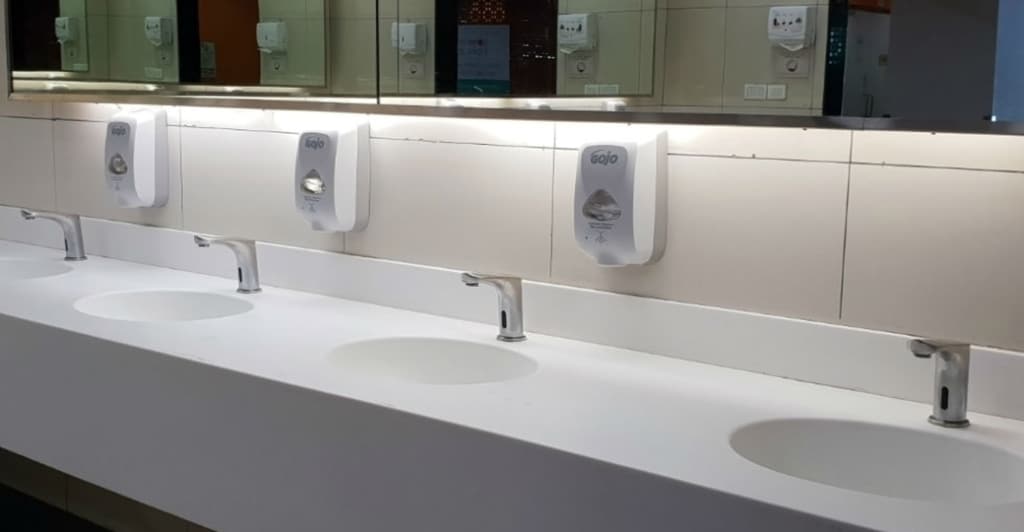
Of all the places in your park where guests are expecting cleanliness, the bathroom is number one. Our system helps in two ways.
First, you can place tablets at the entrance to communicate how many people are in the facility and how many more can enter before capacity is reached. This solves the problem of too many people crowding into the restroom or starting a close-contact line inside the building.
Second, you can use Vea’s alert feature to dispatch your cleaning crew after a given number of guests use the facility. This takes the guesswork out of how often to clean and makes your staff more efficient by focusing their time on the most-used restrooms in the park.
Restaurants
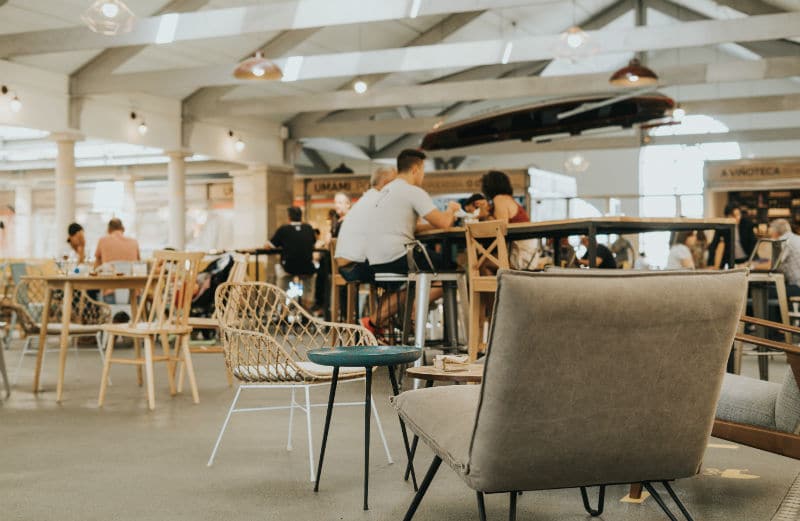
Keep your quick-service restaurants efficient with guest safety in mind.
Rather than crowding into a line inside the restaurant, encourage guests to form a socially-distanced line outside the venue by placing a Vea-enabled TV display at the entrance. Sensors will count guests entering and exiting the restaurant to keep tabs on total capacity. The TV at the entrance will display when the next guests can enter.
SenSource fully automates the task of managing capacity restrictions. The hands-off approach allows staff to focus on other areas of operating the restaurant like preparing and serving food or cleaning and sanitizing.
Theaters & Attractions
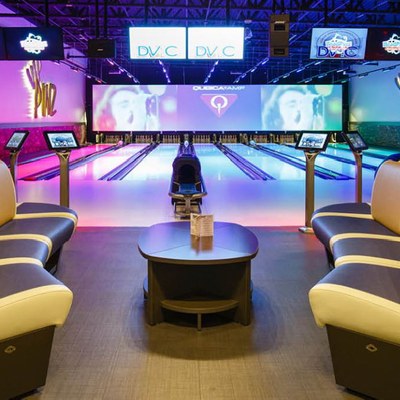
Even with limited park capacity, you can still see crowds gather at theaters, live performances, and indoor attractions. To avoid over-crowding and to encourage social-distancing, communicate to guests when max capacity has been reached using a Vea-enabled TV display.
Vea includes a Rest API, allowing you to incorporate your park’s real-time occupancy status into your own mobile app or website. With the data at guests’ fingertips, they can make informed decisions on whether to head to the show or wait for the next time-slot.
At the end of the day, you can report on occupancy within SenSource’s Vea software to determine how often areas are operating at max capacity. For example, if the café is often operating at max capacity, it may indicate the need for additional staff, reformatting the space or even new construction to meet the high demand. If it’s operating well below capacity, you may consider changing the hours of operation or repurposing the space.
People counting will ensure the real and perceived guest experience is upheld to the new standards of a positive post-pandemic amusement park visit.

